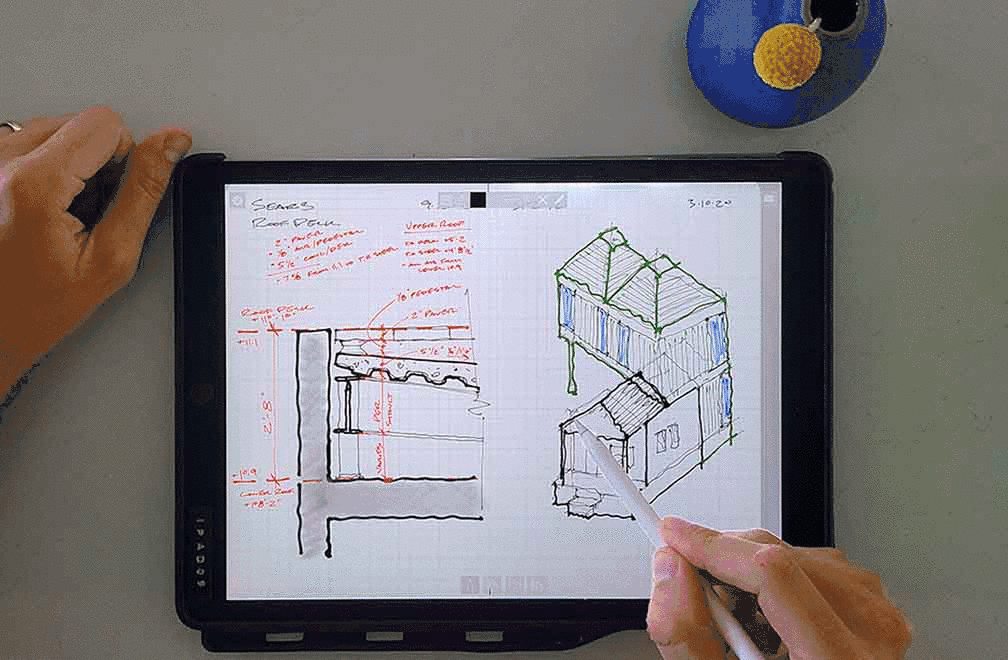Reimagining Spaces: Our Post-Pandemic Design Report

Amid the upheaval from today's pandemic, we see one clear implication for our industry: space design is entering a whole new era, and there's no going back. Since March 2020, Omgivning has been exploring the potential of this design evolution and reimagining three space types in particular: Workplace, Multifamily and Commercial.
Click here for our complete Reimagining the Workplace design report.
As with all of Omgivning’s work, our goal with this design report is to inspire people to take a closer look at the potential of an existing space or property. Together, we can reveal and attain a site's highest and best use, even under challenging conditions.
At Omgivning, we’ve built our entire firm around the idea of how a space feels. And today’s offices suddenly feel very different than before. But what form will those differences take going forward?
Our internal surveys confirm that we all retain a desire for connecting to our colleagues and to being in the office. But beyond that, things aren't so clear-cut. As of this writing, three-quarters of us are looking forward to personal interaction with our colleagues, yet 80% would also prefer to continue working remotely at least part time. And upon the return to the workplace, 65% of us would prefer assigned seating, meaning that a third of us are open to hoteling (that is, working with no fixed desk location).
To understand the future of office spaces, we generated a test case to help us imagine the possibilities. We assumed a firm sized at 40 people (as Omgivning is) and a typical +/- 7000 sf office floor plate as found at our project The Trust Building in DTLA. Through this spatial study and our survey observations, we’ve developed three concepts that can be applied to a variety of spaces.
Concept 1: Transform Spaces
We aren’t going back to large private offices and open-plan offices have revealed crucial flaws. We need our personal workspaces to provide more acoustic privacy, ability to focus and a place to feel safe. How can we create spaces that can transform as our needs change?
Concept 2: Leverage Spaces
Maximizing all available sources of revenue presents a sustainable way forward for owners and tenants. For example, how can we rethink the use of our leased office spaces? Maybe we have a long lease but now realize that half our staff is going to be working from home indefinitely. How can we help leaseholders or owners better utilize their spaces and generate additional revenue?
Concept 3: Adapt Spaces
In the short and long term, how can we adapt the spaces we have now? Let's start by focusing on infection control and introducing a more robust approach to integrating WELL building standard features with technological advances. Collaborative open space and focus-oriented acoustics need to coexist. How do we find the right balance between boundaries and openness?
In our next post, we’ll look at how offices are changing to suit the reality of a mobile and remote workforce.
